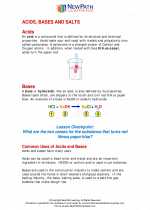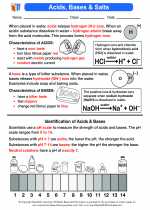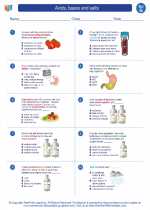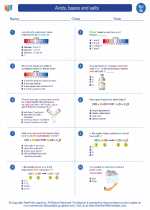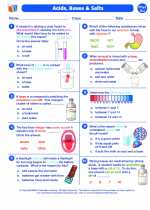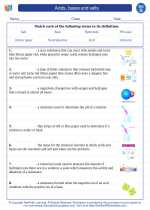Atom
An atom is the basic unit of matter, consisting of a nucleus and one or more electrons bound to the nucleus. The nucleus is made up of protons and neutrons, while the electrons orbit around the nucleus in specific energy levels or shells.
Structure of an Atom
The nucleus of an atom contains positively charged protons and neutral neutrons. The number of protons in the nucleus determines the element's identity, while the number of neutrons can vary, resulting in different isotopes of the same element. The electrons, which carry a negative charge, orbit the nucleus in specific energy levels or shells.
Subatomic Particles
Protons have a positive charge, neutrons have no charge (neutral), and electrons have a negative charge. The protons and neutrons are located in the nucleus, while the electrons are found in the electron shells surrounding the nucleus.
Atomic Number and Mass Number
The atomic number of an element is equal to the number of protons in the nucleus. The mass number of an atom is the sum of its protons and neutrons.
Study Guide
- What are the three subatomic particles and where are they located in the atom?
- Explain the significance of the atomic number and mass number of an atom.
- How do isotopes differ from one another?
- Describe the structure of an atom, including the arrangement of protons, neutrons, and electrons.
- Why do atoms tend to form bonds with other atoms?
Understanding the structure of an atom is essential in comprehending various chemical reactions and the behavior of elements in the periodic table.
